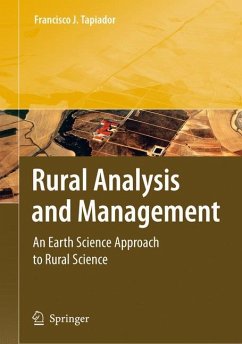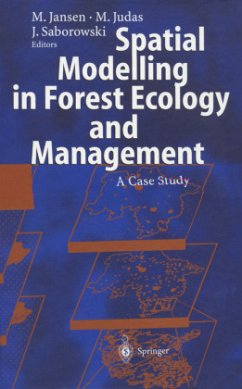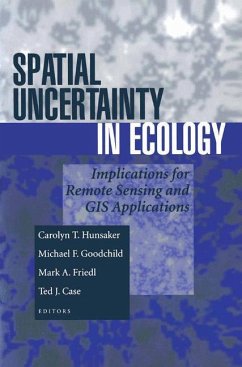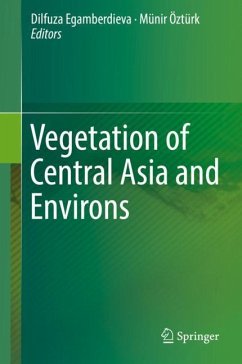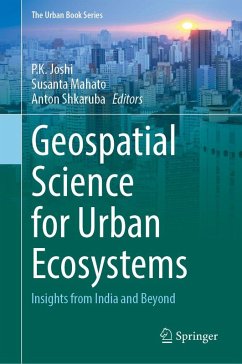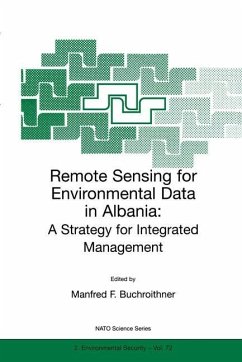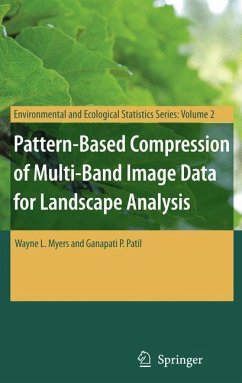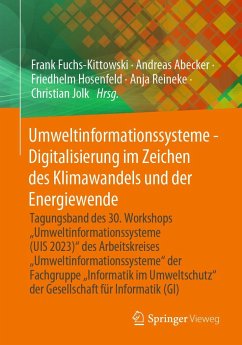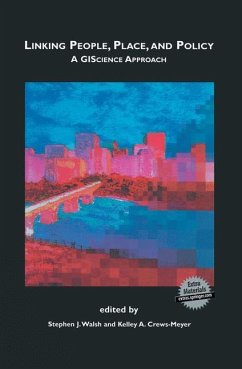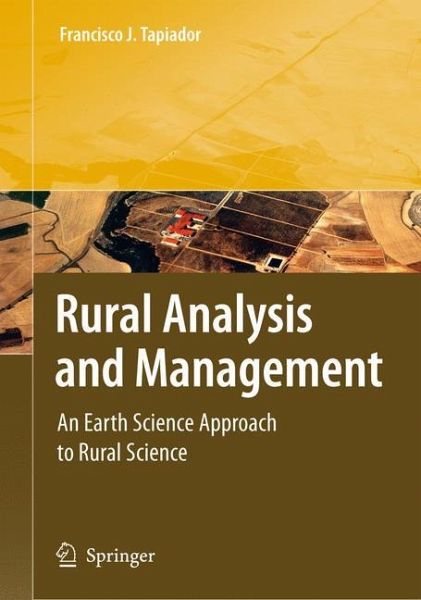
Rural Analysis and Management
An Earth Science Approach to Rural Science
Versandkostenfrei!
Versandfertig in 6-10 Tagen
77,99 €
inkl. MwSt.
Weitere Ausgaben:

PAYBACK Punkte
39 °P sammeln!
This handbookpossesses two virtues that are becomingincreasingly dif?cult to ?nd together. The ?rst one is providing a novel and original scheme to analyze the rural areas of the planet in the context of Earth sciences. The handbook is so original in its plan that it actually de?nes what modern rural science is. The scheme followed, albeit new, is rooted in a venerable geographical tradition and presents a sensible balance between the academic and the applied viewpoints. This novel way of stu- ing rural areas represents by itself a valuable contribution to this complex ?eld. The second virtue ...
This handbookpossesses two virtues that are becomingincreasingly dif?cult to ?nd together. The ?rst one is providing a novel and original scheme to analyze the rural areas of the planet in the context of Earth sciences. The handbook is so original in its plan that it actually de?nes what modern rural science is. The scheme followed, albeit new, is rooted in a venerable geographical tradition and presents a sensible balance between the academic and the applied viewpoints. This novel way of stu- ing rural areas represents by itself a valuable contribution to this complex ?eld. The second virtue of the book is the ability of synthesizing the most important aspects of the issues tackled, and there are many issues this book tackles, from physical to human geographyand from deontologyto matrix algebra. When writing a handbook in such a vast ?eld as rural science, it is indeed tempting to accumulate meaninglessinformationassisted by the wealth of available on-lineinformation. On the other side, the danger of forgetting essential aspects is always present. None of these problems seems to have affected the making of this book. The pictures and tables always have a place, the text never looses its coherence, and no comment seems super?uous. Also, the ambitious scope of the book is seemly effortlessly solved by a rational, clear, and logical scheme that dissects all the relevant issues up to the required point.





